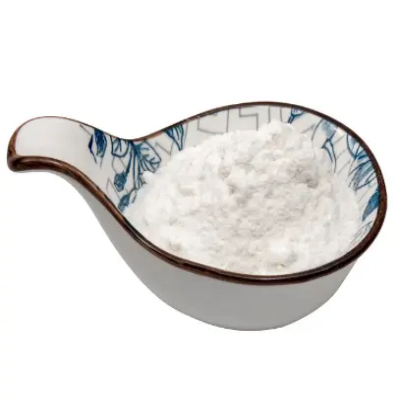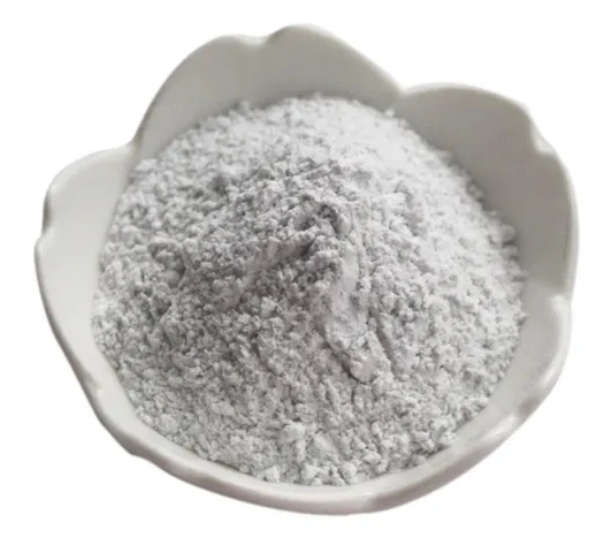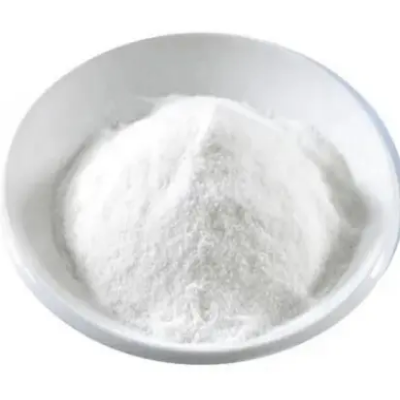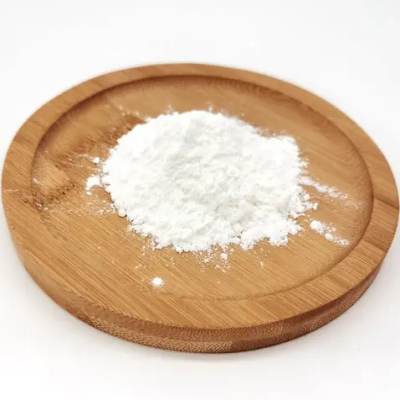3,5-Diethyl-1,2-dihydro-1-phenyl-2-propylpyridine CAS:34562-31-7
3,5-Diethyl-1,2-dihydro-1-phenyl-2-propylpyridine (C19H25N) is an intriguing member of the dihydropyridine family, characterized by its distinctive structure comprising both aliphatic and aromatic components. The presence of ethyl groups at the 3 and 5 positions of the pyridine ring increases its lipophilicity, enhancing its ability to penetrate biological membranes. The phenyl group and the propyl chain introduce additional steric and electronic effects, which may influence its pharmacological properties and interaction with various biological targets. Research indicates that dihydropyridine derivatives often exhibit calcium channel-blocking activity, which can lead to significant cardiovascular effects. However, 3,5-diethyl-1,2-dihydro-1-phenyl-2-propylpyridine's potential extends beyond cardiovascular applications; preliminary studies suggest possible interactions with neurotransmitter systems, particularly within the central nervous system. This opens doors to investigating the compound’s use in treating neurodegenerative diseases, anxiety disorders, or other conditions involving dysregulation of neurotransmission. Synthesis of this compound typically involves multi-step synthetic routes that may include reactions such as alkylation of pyridine derivatives, carbon-carbon bond formation, and possibly reductions. These synthetic methods are essential for developing analogs with varied biological activities, allowing researchers to optimize the pharmacokinetic and pharmacodynamic profiles of the compounds. Moreover, understanding the environmental impact and safety profile of 3,5-diethyl-1,2-dihydro-1-phenyl-2-propylpyridine is crucial for its practical application. Regulatory agencies emphasize the importance of evaluating toxicity and ecological effects associated with new chemical entities. In summary, 3,5-diethyl-1,2-dihydro-1-phenyl-2-propylpyridine represents a promising area of study in medicinal chemistry, with potential implications in neurology and pharmacology. Continued investigation into its mechanisms of action, synthesis optimization, and safety assessments will be pivotal in unlocking its therapeutic potential, potentially leading to novel treatments for various medical conditions.



| Composition | C18H25N |
| Assay | 99% |
| Appearance | white powder |
| CAS No. | 34562-31-7 |
| Packing | Small and bulk |
| Shelf Life | 2 years |
| Storage | Store in cool and dry area |
| Certification | ISO. |









